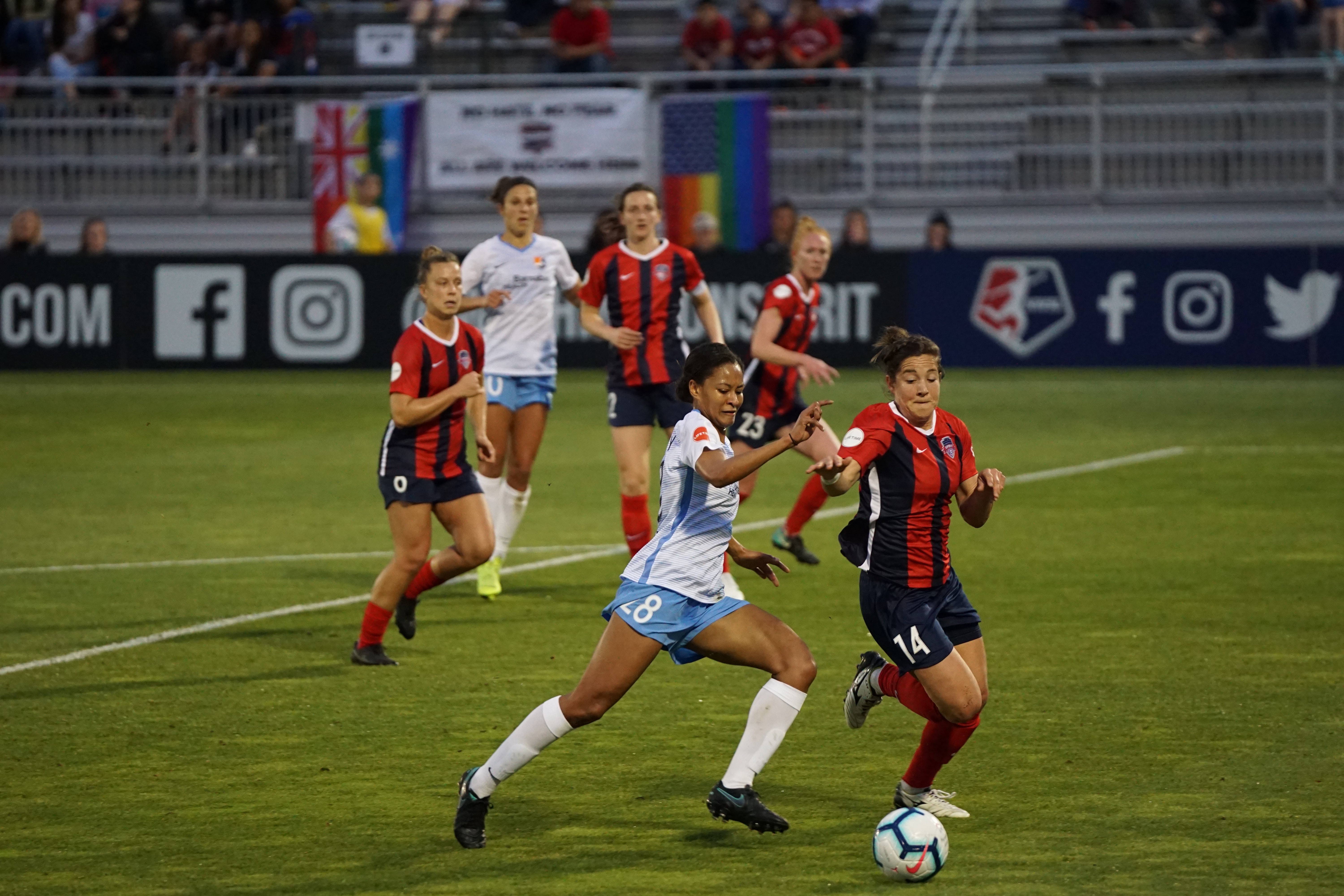Mastering the Live Sports Video Delivery Game
As media companies vie for a share of the fast-growing live sports market, the stakes are getting higher with the content becoming increasingly premium

Live sports present huge business opportunities for linear TV, demonstrated by the numbers. The Premier League is the most-watched league in the world and NFL games accounted for 96% of the most-watched TV broadcasts in the US in 2023. What’s more, Super Bowl LVIII alone brought in a record of 123.7 million average viewers. This has also bled into streaming, with the NFL’s first streaming-exclusive playoff reaching a record-breaking 23 million viewers.
While the media landscape continues to develop fast, live sports keep linear viewership rates high. Sports fans worldwide consume live Tier-1, alongside an increasing volume of lower tier, niche sports, bringing media companies valuable, loyal viewership and monetization opportunities.
However, there is no one-size-fits-all approach to live sports video delivery. With hardware, cloud-based, and hybrid distribution models available, media companies must make sure the strategy they opt for aligns with the value of their content and the expected ROI for each destination. The model needs to fit the content and overall company business needs to fully take advantage of lucrative live sports opportunities.
Ensuring Highly Reliable Delivery
The dramatic rise in global demand for live sports consumption is significantly driving up the value of sports rights. The influx of tech and streaming players into the market has turned the sports rights arena into a competitive battlefield, continually pushing the value of these rights higher. According to Rethink Research, the global media rights for the top 16 sports leagues worldwide are projected to reach $68.8 billion by 2028 and an astounding $90.6 billion by 2033.
As media companies vie for a share of the fast-growing live sports market, the stakes are getting higher with the content becoming increasingly premium. However, the challenge extends beyond acquiring these rights. Media companies must also ensure reliable and high-quality delivery of live feeds to provide the best viewing experiences and maximize monetization. Premium content demands robust delivery; fans will not tolerate missing crucial moments in sports history due to video quality issues, delays, or buffering.
This is where hardware-based video contribution and primary distribution workflows excel. Innovative hardware solutions offer ultra-reliable, broadcast-grade long-distance media networking across any infrastructure. They support high-density video compression formats, from lossless JPEG XS to H.264, enabling media companies to manage various events and monetize them using a single, reconfigurable platform.
The key to meeting the business needs of media companies lies in flexibility and scalability. Modern hardware solutions are designed to adapt to multiple scenarios, accommodating the fast-paced changes and variable returns characteristic of the media landscape. These solutions allow companies to set up new services, adjust bandwidth on demand, and expand their network with new locations and services as needed. Investing in a versatile hardware distribution model ensures that media companies can reliably deliver high-value content, maintaining viewer satisfaction and capitalizing on monetization opportunities.
The professional video industry's #1 source for news, trends and product and tech information. Sign up below.
Overall we can see how considering business needs, such as, in this case, reliable streaming of high-value live sports content, shows one distribution model to be more advantageous than others.
Cloud-Based Models: Unbeatable Scalability
Cloud and IP workflows have transformed consumer video delivery, allowing media organizations to reach vast audiences through existing connectivity. By leveraging the cloud, media companies can scale up or down per live event swiftly and seamlessly, consuming necessary services through a flexible commercial model. This approach eliminates the need for upfront tech infrastructure investment, thereby reducing risk and enabling experimentation with new markets, content, and destinations at lower initial costs.
While cloud and internet primary delivery models are gaining traction, they are primarily used as backup links or for second-screen content in Tier 1 live sports events. However, for lower-tier events, these workflows are becoming the preferred choice. A cloud-based distribution model aligns perfectly with the business needs of media companies distributing lower-tier live sports video content, providing the flexibility, scalability, and cost-efficiency required by those delivery circumstances.
Hybrid Models: ‘Best of Both Worlds’?
Despite the immense popularity of premium live sports, not all global markets guarantee revenue growth, making new ventures risky. Entering unfamiliar markets requires a cautious approach regarding the investment needed to distribute video content to new audiences. Media companies looking to explore new territories while maintaining cost-effective video distribution benefit from a hybrid approach. This method combines existing infrastructure investments with the flexibility, scalability, and cost-efficiency of internet primary distribution, enabling them to expand their live content and maximize their investment value.
For media companies acquiring rights to tier 2 and 3 sports, a hybrid model can enhance the primary feed with additional pre/post-game content and highlights for social media and other platforms. This strategy allows them to engage with dedicated fan bases, drive monetization, and boost cross-platform engagement without significant infrastructure investments.
The dynamic nature of live sports demands that media organizations act swiftly and intelligently. Securing valuable sports rights is only the beginning. The real challenge lies in maximizing ROI while minimizing risk. Media companies must have a strategic live sports distribution plan tailored to the unique requirements and potential risks of each market.
By choosing the most appropriate approach—whether hardware, cloud, or hybrid—on a case-by-case basis, media businesses can protect their content investments and future-proof their operations. In an ever-evolving media landscape, adaptability and strategic planning are essential for staying ahead of the competition.
Jonathan Smith has spent the last 18 years working with cutting edge software solutions in the Media and Entertainment industry, from a technical engineering and deployment background he now works in the Net Insight business development team to provide the two-way interface between customers, partners, sales and the R&D product direction. Jonathan is most focused on the cloud native products within the Net Insight portfolio and h very much enjoy the challenge of simplifying the complex.

